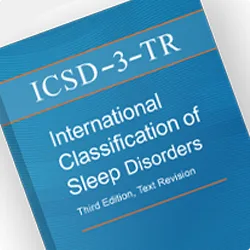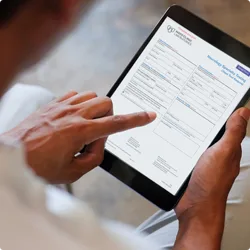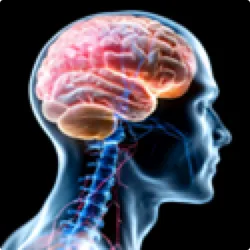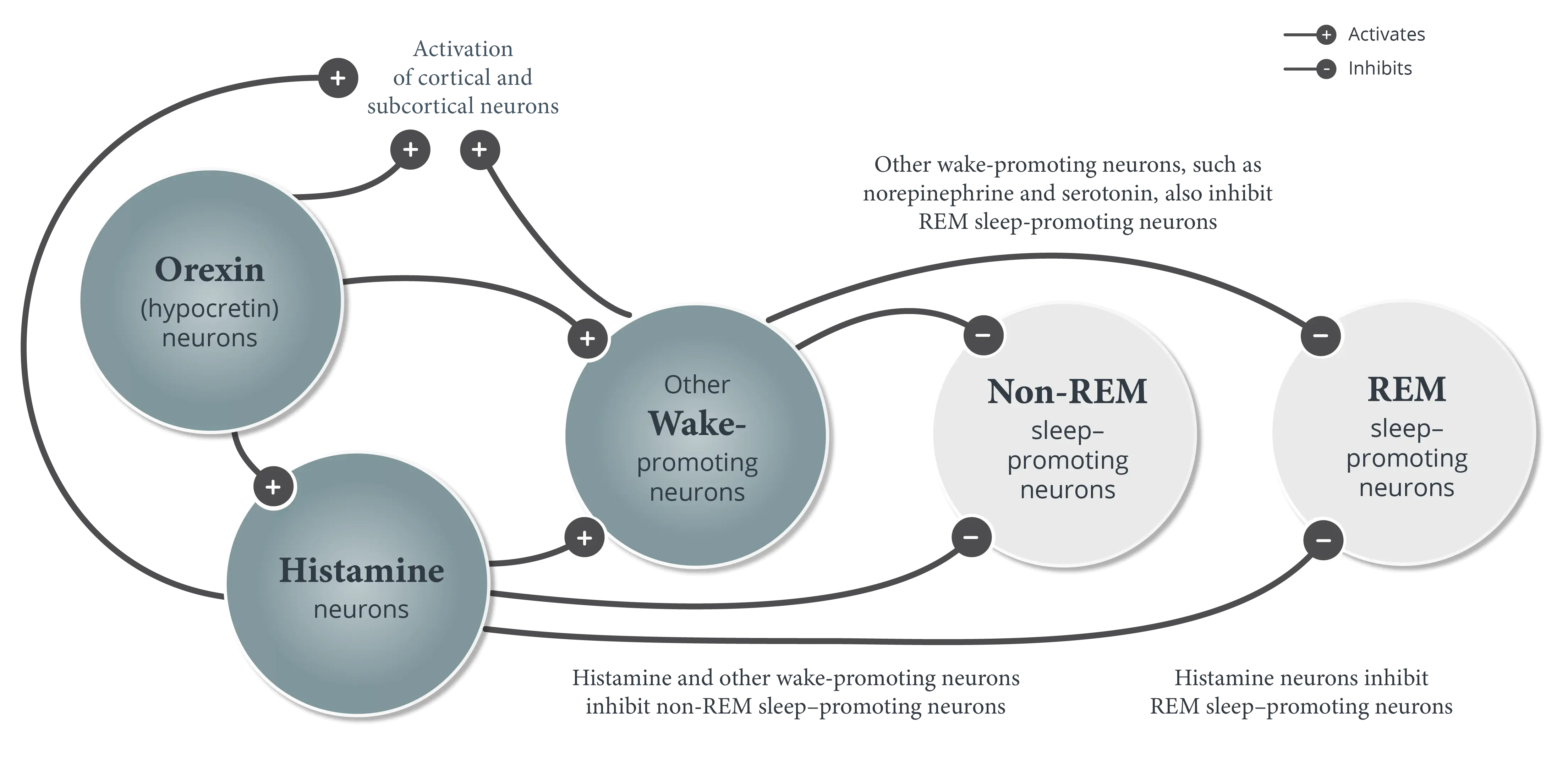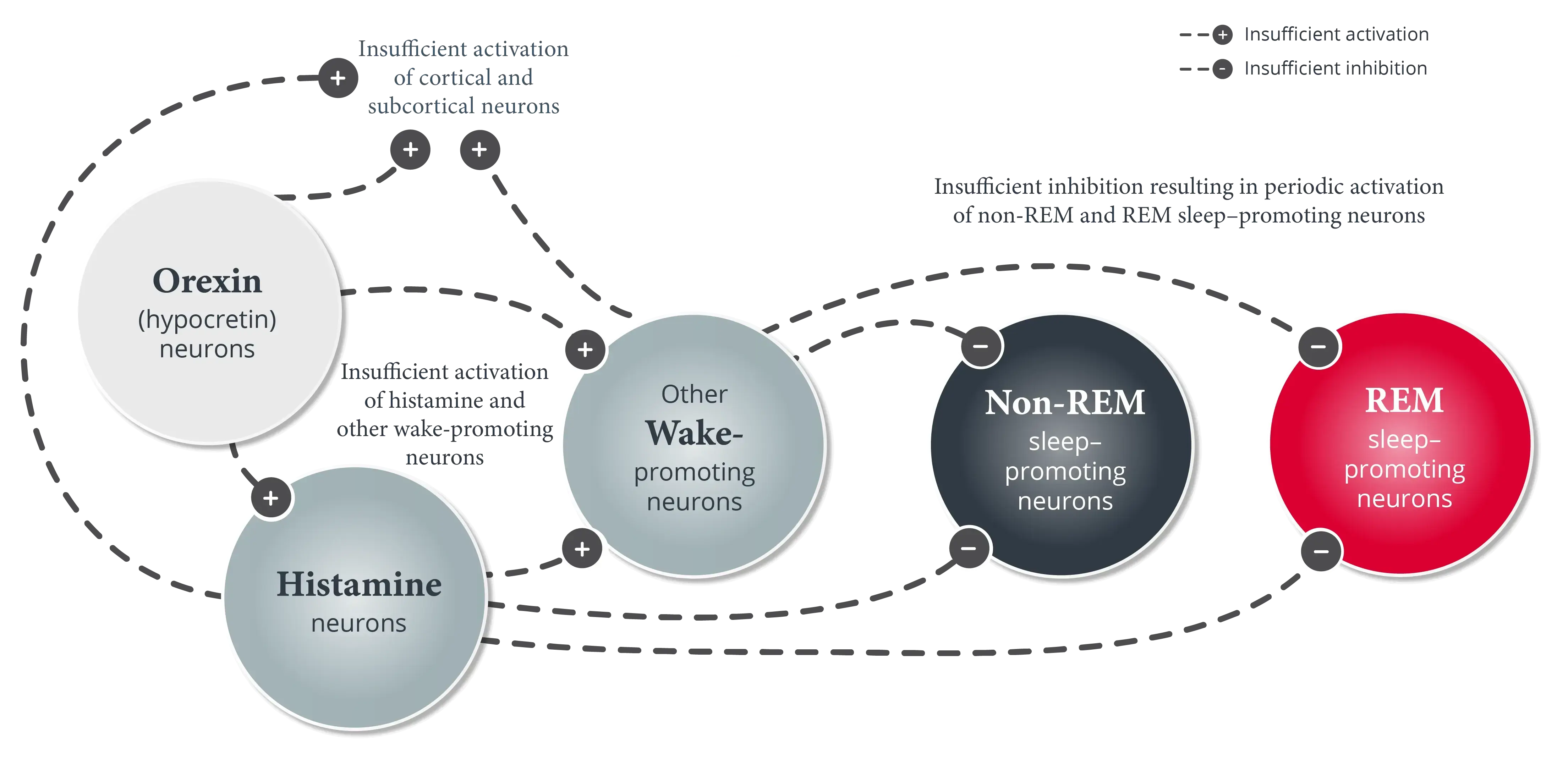

More to Know: Excessive Daytime Sleepiness (EDS) in Narcolepsy
This content was developed using the International Classification of Sleep Disorders, third edition, text revision (ICSD-3-TR) and other materials.
More to Know: Excessive Daytime Sleepiness (EDS) in Narcolepsy
This content was developed using the International Classification of Sleep Disorders, third edition, text revision (ICSD-3-TR) and other materials.
Overview
Excessive daytime sleepiness (EDS) is the core symptom of narcolepsy, and often the most debilitating.1 EDS can manifest as symptoms beyond sleepiness that may be difficult to recognize.1,2
All patients with narcolepsy experience EDS, or the inability to stay awake and alert during the day, resulting in periods of irrepressible need for sleep or unexpected bouts of drowsiness or sleep. EDS can make it especially difficult to stay awake in sedentary situations, such as riding in a car, and can make it difficult for patients to focus or stay present mentally at work or in social situations.1
EDS in narcolepsy can also cause changes in wakefulness.2,3 For example, the need for sleep can be so great that patients with narcolepsy may experience brief lapses into sleep, called microsleep episodes, and unplanned naps.1,3-5 These sleep episodes can happen while engaged in other activities like eating or walking. Patients with narcolepsy typically feel refreshed after a sleep episode but begin to feel sleepy again after some time.1


They may also perform tasks with no awareness or memory—these are known as automatic behaviors and may take place during activities such as writing, cooking, or having a conversation.1,4,5
However, less obvious manifestations of EDS can have a substantial impact, as well.3,4 For example, even when seemingly awake, patients with narcolepsy rarely feel completely alert.1 They often experience memory issues, poor decision-making, and trouble following a conversation.2,4
Studies have shown that specific aspects of their attention can be particularly affected, including tasks that demand cognitive processing across an extended period of time and increased information processing, such as the ability to focus or divide attention.6-8
Sustaining attention, concentrating, remaining awake during conversations or meetings, and reading can all become a struggle for patients with narcolepsy.2,4 Impairments in sustaining attention are thought to be a direct result of compensatory strategies to avoid falling asleep.7
For more information on identifying and evaluating EDS, see the Epworth Sleepiness Scale and other clinical resources for narcolepsy in adult patients.
References
- American Academy of Sleep Medicine. International Classification of Sleep Disorders. 3rd ed, text revision. American Academy of Sleep Medicine; 2023.
- Ahmed IM, Thorpy MJ. Clinical evaluation of the patient with excessive sleepiness. In: Thorpy MJ, Billiard M, eds. Sleepiness: Causes, Consequences and Treatment. Cambridge University Press; 2011:36-47.
- Overeem S, Reading P, Bassetti C. Narcolepsy. Sleep Med Clin. 2012;7:263-281.
- Thorpy M, Morse AM. Reducing the clinical and socioeconomic burden of narcolepsy by earlier diagnosis and effective treatment. Sleep Med Clin. 2017;12(1):61-71.
- Ahmed I, Thorpy M. Clinical features, diagnosis and treatment of narcolepsy. Clin Chest Med. 2010;31(2):371-381.
- Bellebaum C, Daum I. Memory and cognition in narcolepsy. In: Goswami M, Thorpy MJ, Pandi-Perumal SR, eds. Narcolepsy. 2nd ed. Springer; 2016:233-243.
- Naumann A, Bellebaum C, Daum I. Cognitive deficits in narcolepsy. J Sleep Res. 2006;15(3):329-338.
- Rieger M, Mayer G, Gauggel S. Attention deficits in patients with narcolepsy. Sleep. 2003;26(1):36-43.


